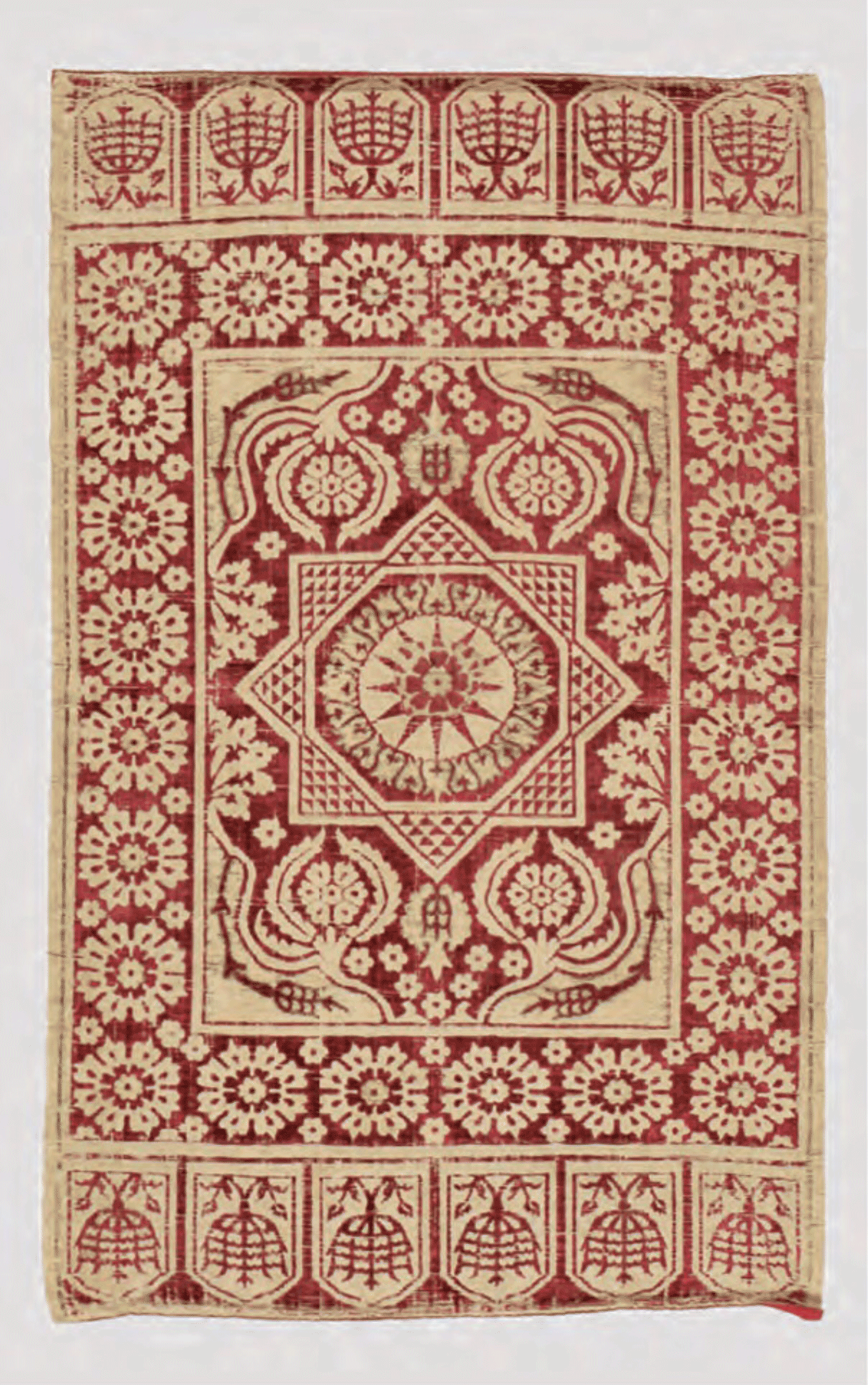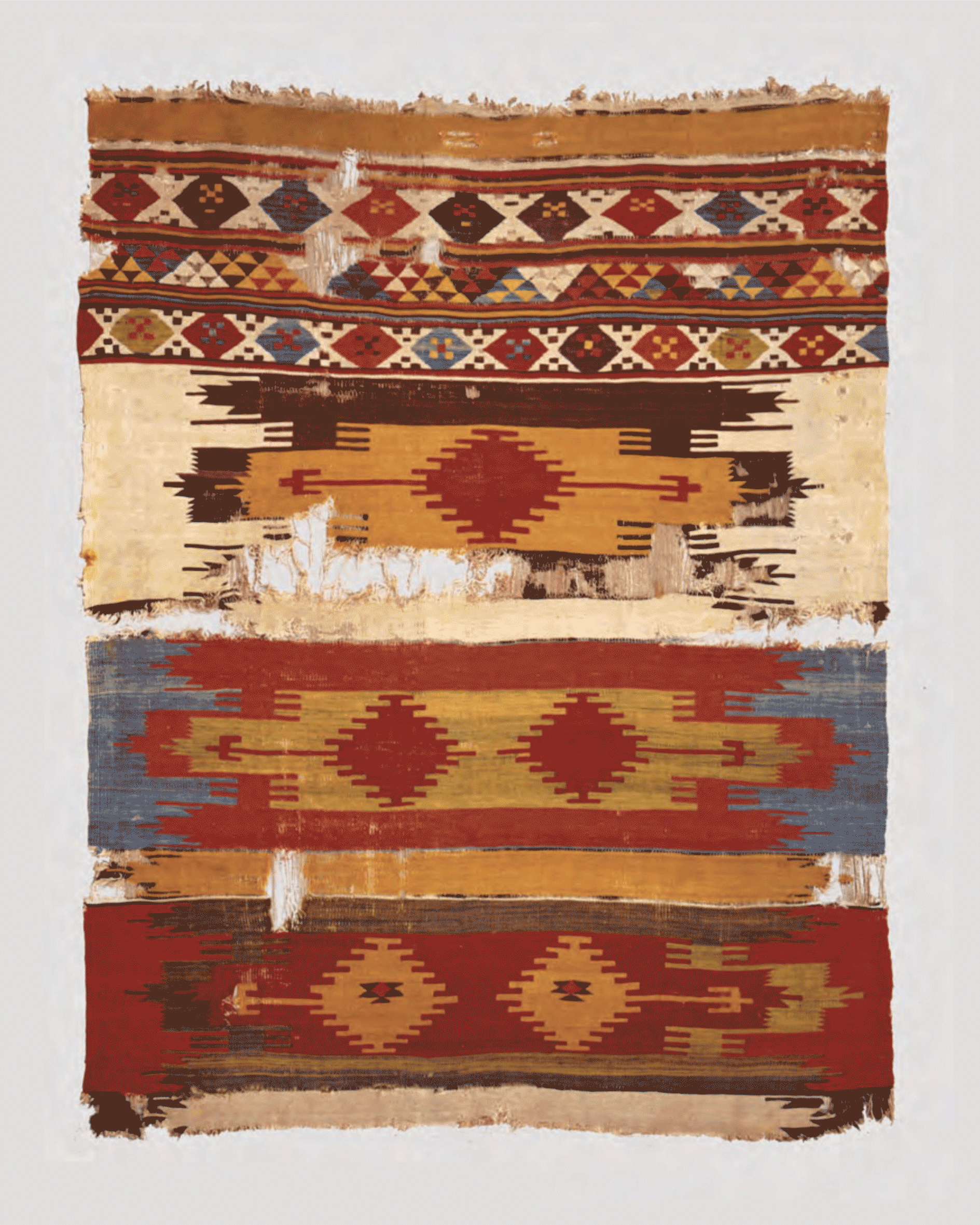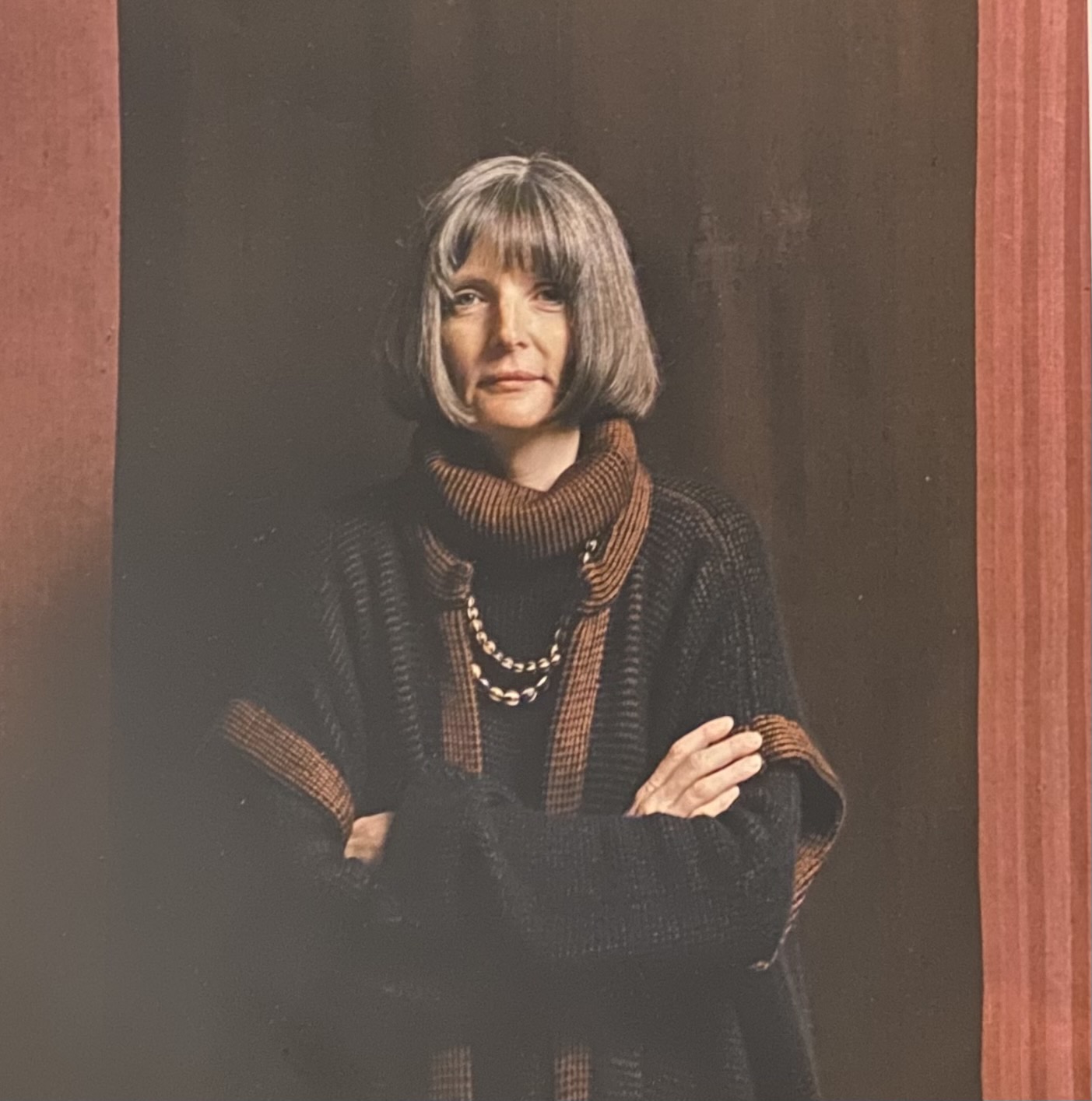Profile: Cathryn Cootner
Cathryn Cootner—collector, dealer, author, lecturer and formerly curator of textiles at the Fine Arts Museums of San Francisco—passed away earlier this year after a mercifully short battle with cancer. In HALI 209, a self portrait has been compiled by Thomas Cole. An abridged version of Cathryn Cootner’s article follows, with an introduction to the article from Thomas Cole:
In 2008, I visited Cathryn Cootner’s home north of San Francisco in the bucolic California countryside—an experience for which there could have been no way to prepare myself. To enter her home was to walk into a rich gallery where even the kitchen served as a showplace for art collected over the years, with 900 out of 1,300 examples on display. The remaining pieces, most of which are textiles and Japanese stencils, languished in storage, waiting for the next rotation, as is the practice for museums. The words that follow are hers:
‘I’ve never known a time when I wasn’t collecting something—shells, movie magazines, menus, Japanese woodblock prints, classical music recordings. I feel as if collecting is in my DNA. My passion for the look and feel of cloth, however, didn’t surface until later.
Early on it became apparent I was on the road to being a collector. While listening to Mustafa Avigdor deliver a lecture at the Museum of Fine Arts in Boston, my husband leaned over and said to me, ‘I hope you’re not going to get involved with that!’ He was concerned about the prices. My reply: ‘Of course not!’
I’ve never collected any one thing at a time. I was always looking at everything. Once confronted with a piece, if it captured me enough, that’s where I would go. With textiles, the only mistakes I made were buying things that I thought I should like, influenced by other’s opinions or taste. These included grand court carpets. I felt a bit guilty that I really liked the nomad and village rugs as much as I did, but I felt they were honest. I treasured them for their sincerity and because the people made them for themselves.

Ottoman silk velvet panel, Bursa, Turkey, 17th century. 0.64 x 1.02 m (2′ 1″ x 3′ 4″). The Cathryn Cootner Collection: Important Single Owner Sale of Ethnographic, Tribal & Textile Arts, Material Culture, Philadelphia, 14 November 2021
One of my very first real rugs was a white-ground Shirvan prayer rug. I knew I liked it but really did not know what to make of it. Were the tertiary elements in the field meant to be mistakes? I have yet to see another one like quite it. With that acquisition I began concentrating on Caucasian rugs.
In 1976, I took on an internship in London at the V&A, studying the carpets there as well as photographing these weavings. I was working under the tutelage of May Beattie. While living in London I realised that the London rug world was light years ahead of the American scene in terms of material, knowledge and sophistication. I would go to the London auctions, where I met David Black and Clive Loveless, and Michael Franses. London was big eye-opener for me. I learned a lot there, particularly about Turkmen rugs.
It was at that time that I realised that colour, as a language, was important in these pieces, certainly as much as anything else. So I became interested in the dyes, what they were, where they came from, and this led me directly to nomad and village rugs.
In about 1980, May Beattie recommended me to Arthur Jenkins, as someone able to write a good catalogue. As I wrote Flatweaves: The Arthur D. Jenkins Collection, I became more interested in plant and vegetable fibre cloths from other cultures—and while studying the kilims I kept going back further and further to some of the oldest records, to get a better idea of what prehistoric, ancient and remote peoples’ non-woven and woven cloths looked like. Soon thereafter Elizabeth Barber’s book Prehistoric Textiles was published, a godsend. Without May’s recommendation, my life would have been very different!

Anatolian kilim fragment, 18th century. The Fine Arts Museums of San Francisco, Caroline & H. McCoy Jones Collection
In 1982, I became curator at the Fine Arts Museum in San Francisco. Back east in Boston, everybody was talking about ‘fineness of weave’ but no one mentioned colour, only execution of design and technique. It was as if they were collecting out of a catalogue, like collecting postage stamps. But here in California, it was a completely different matter. I met John Phillips, a Bay Area collector, one of the few who truly understood rugs. He was collecting really important rugs at the time— no one else around achieved what he did in such a short period of time. He was so young, but had such a good eye.
Before his mysterious disappearance, John told me that Garry Muse had an incredible collection of Anatolian kilims. From that point on in 1982, I would just hover over Garry Muse. I had met him, he came to my house, but he would never sit down, he paced around, only looking at the rugs and textiles as we spoke. In 1985, he proposed that Caroline [McCoy Jones, who with her husband H. McCoy Jones donated a significant Anatolian kilim collection to the San Francisco Museum in 1980] and the museum could have the best collection of kilims in the world. I learned so much collecting those kilims for the museum.
Read the article in full in HALI 209.

























Comments [0] Sign in to comment